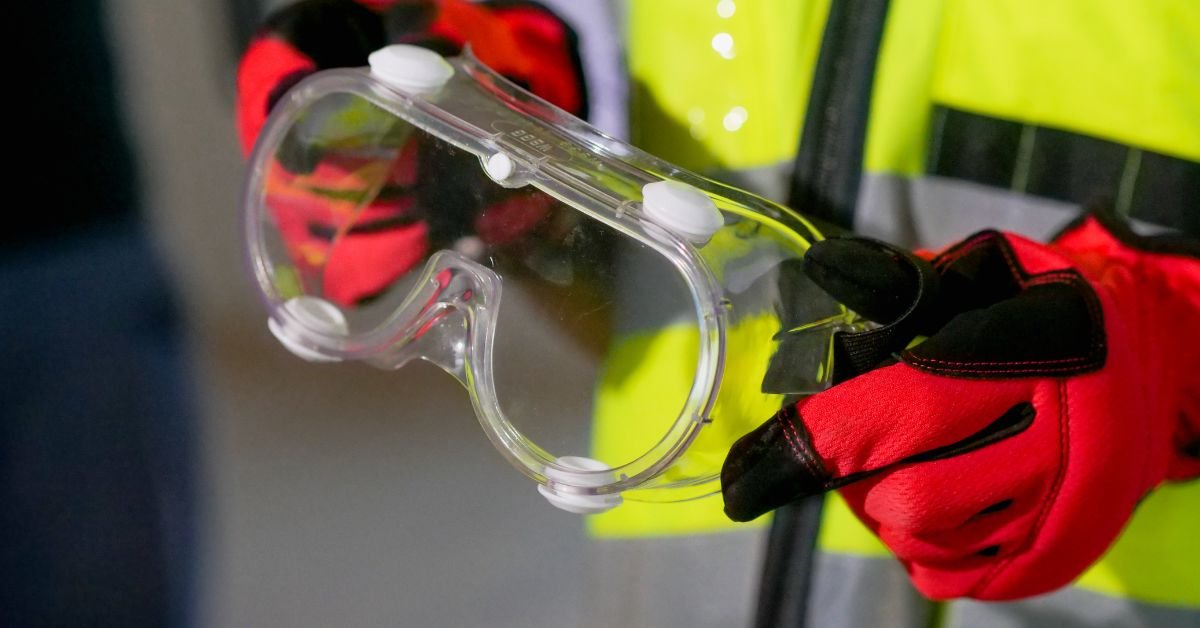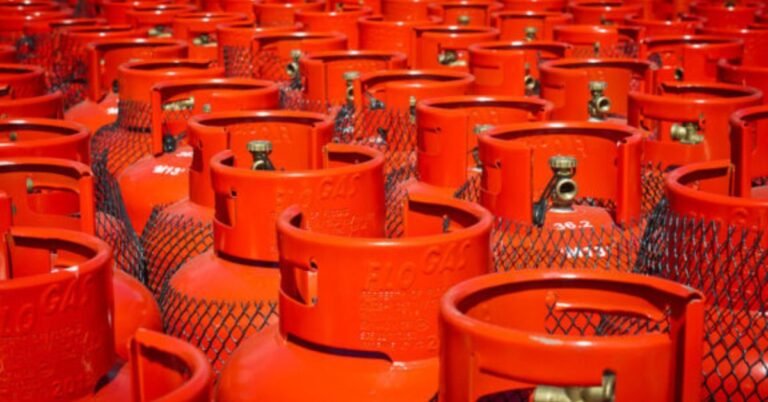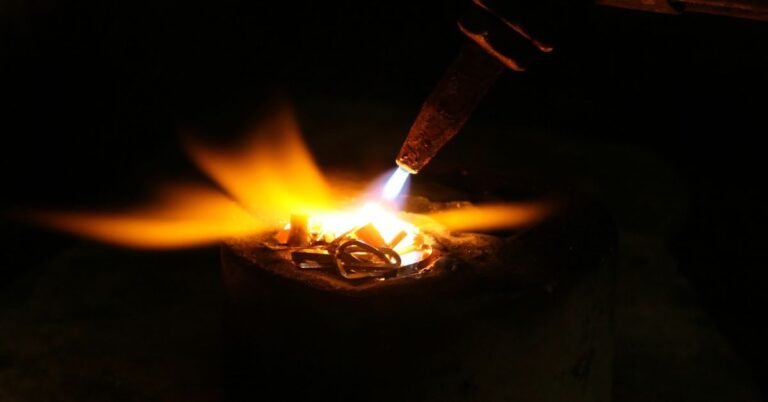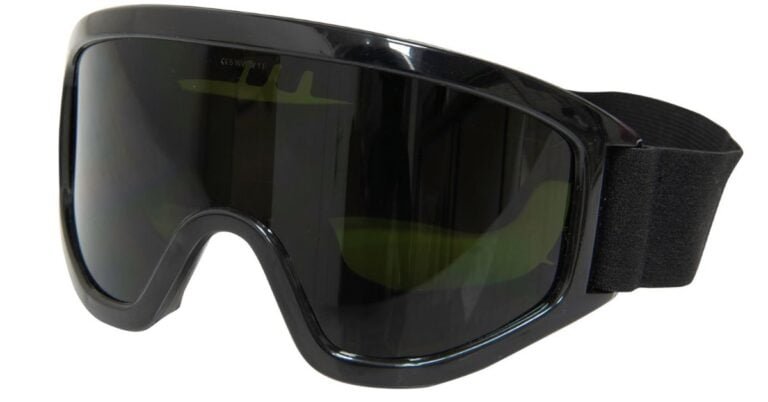How can I ensure proper safety measures while welding?
Welding is a powerful and transformative skill, allowing us to create and build remarkable structures. However, as with any industrial process, welding poses potential risks that demand our utmost attention to safety. Whether you are a beginner or an experienced welder, ensuring proper safety measures is crucial to protect yourself and others in the workspace. In this blog, we will explore essential safety practices to implement while welding, allowing you to pursue your passion for welding with confidence and security.
- Personal Protective Equipment (PPE):
Before striking an arc, ensure you have the right Personal Protective Equipment (PPE) on hand. This includes:
- Welding helmet with a proper shade to shield your eyes from harmful UV rays.
- Welding gloves to protect your hands from sparks, heat, and potential burns.
- Flame-resistant clothing to cover exposed skin and prevent ignition from sparks.
- Welding apron or jacket for additional protection against flying sparks and molten metal.
- Sturdy leather boots to safeguard your feet from potential hazards on the ground.
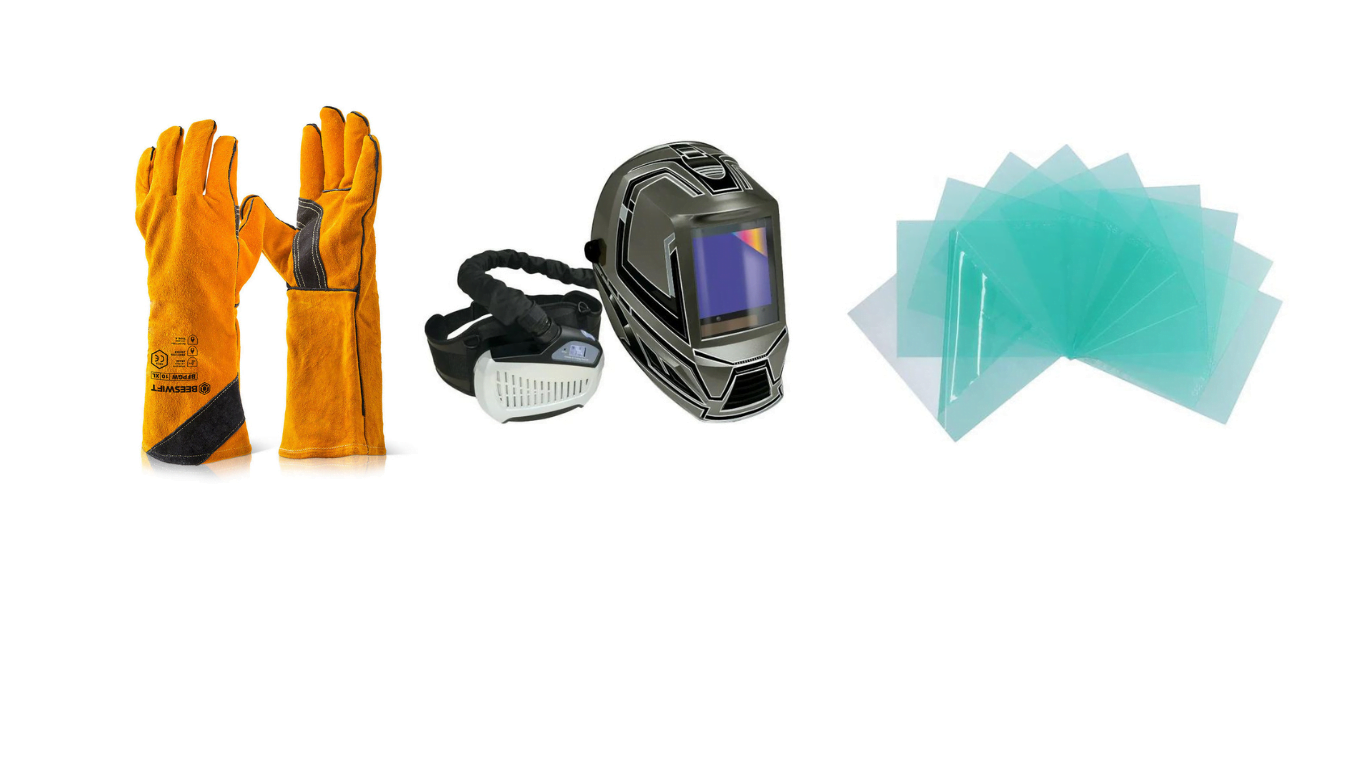
- Ventilation and Respiratory Protection:
Welding generates fumes and gases that can be hazardous to your health if inhaled. To maintain a safe working environment, ensure adequate ventilation to disperse fumes. If you are working in confined spaces or areas with limited ventilation, wear a NIOSH-approved respirator to protect your lungs from harmful particles.
- Fire Prevention:
Welding involves intense heat, sparks, and molten metal, making fire prevention a top priority. Clear the workspace of any flammable materials and have a fire extinguisher nearby. Before welding, inspect the area for potential fire hazards and have a designated “hot work” area to minimize the risk of fires.
- Welding Area Safety:
Ensure that your welding area is free of clutter and organized. Keep flammable materials, fuels, and gases away from the welding zone. Consider using welding screens or curtains to protect nearby workers or passersby from harmful UV rays.
- Electrical Safety:
Check your welding equipment regularly for any signs of damage, and never compromise on electrical safety. Make sure all electrical connections are secure and avoid using extension cords when possible. When using them, use cords rated for welding applications.
- Proper Training and Supervision:
If you are a beginner, seek proper training from a qualified instructor or institution. Even experienced welders should stay updated on the latest safety practices and technologies. Always have a responsible person overseeing the welding area, especially when training others or working in a team.
Conclusion:
As you embark on your journey to master the art of welding, safety should always be your guiding companion. By implementing these essential safety measures, you can create a secure environment that safeguards both you and those around you. Remember, the mastery of welding goes hand-in-hand with responsible practices, ensuring that you can enjoy this transformative craft to the fullest without compromising on safety. Let’s weld with confidence and create a world of artistry and innovation while safeguarding our most valuable assets – ourselves and our peers. Happy welding and stay safe!

